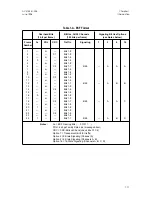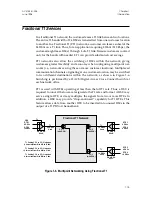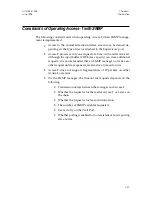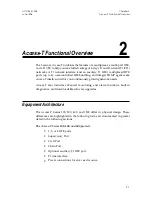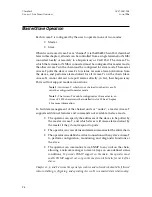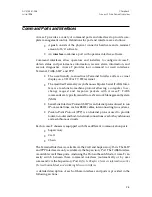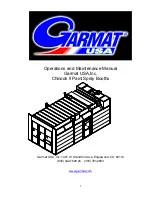
SNMP Operation
SNMP uses the TCP/IP protocol suite to exchange packetized messages between
a management Client, the SNMP manager, and an Agent, residing in a network
node, such as the Access-T. These packetized messages are transferred, as IP
datagrams, over a packet-network, referred to as an internet.
Note:
The term internet carries two meanings in this manual.
The lowercase internet is a generic term describing multiple
networks connected together, using a common protocol. The
uppercase Internet refers to the specific collection of hosts
world-wide that can communicate with each other using the
TCP/IP protocol suite. The Internet, which is also an internet,
functions as a single, cooperative virtual network.
SNMP encompasses three main areas:
•
Management operation.
•
Definitions of manageable variables.
•
Data representation.
Most SNMP management operations are achieved through GET and SET
commands. The GET/SET structure is a simple request/reply protocol; typi-
cally, the SNMP manager sends a request and the managed device (i.e., the
Access-T) sends back a reply. These commands operate on variables that exist
in network nodes. Variables are the information, such as T1 performance
registers or framing format, that is queried and set in the managed device.
SNMP variables are defined using the OSI Abstract Syntax Notation One
(ASN.1). ASN.1 also specifies how a variable is encoded in a transmitted data
frame.
This GET/SET structure provides several advantages, including:
•
Stability:
SNMP’s definition remains fixed, even though new data
items are added and new operations are defined.
•
Simplicity:
SNMP is simple to implement, understand, and debug
because it avoids having special cases for each command.
•
Flexibility:
SNMP can accommodate arbitrary commands in an ele-
gant framework.
Chapter 1
ACST-0351-005
Introduction
June 1996
1-18








